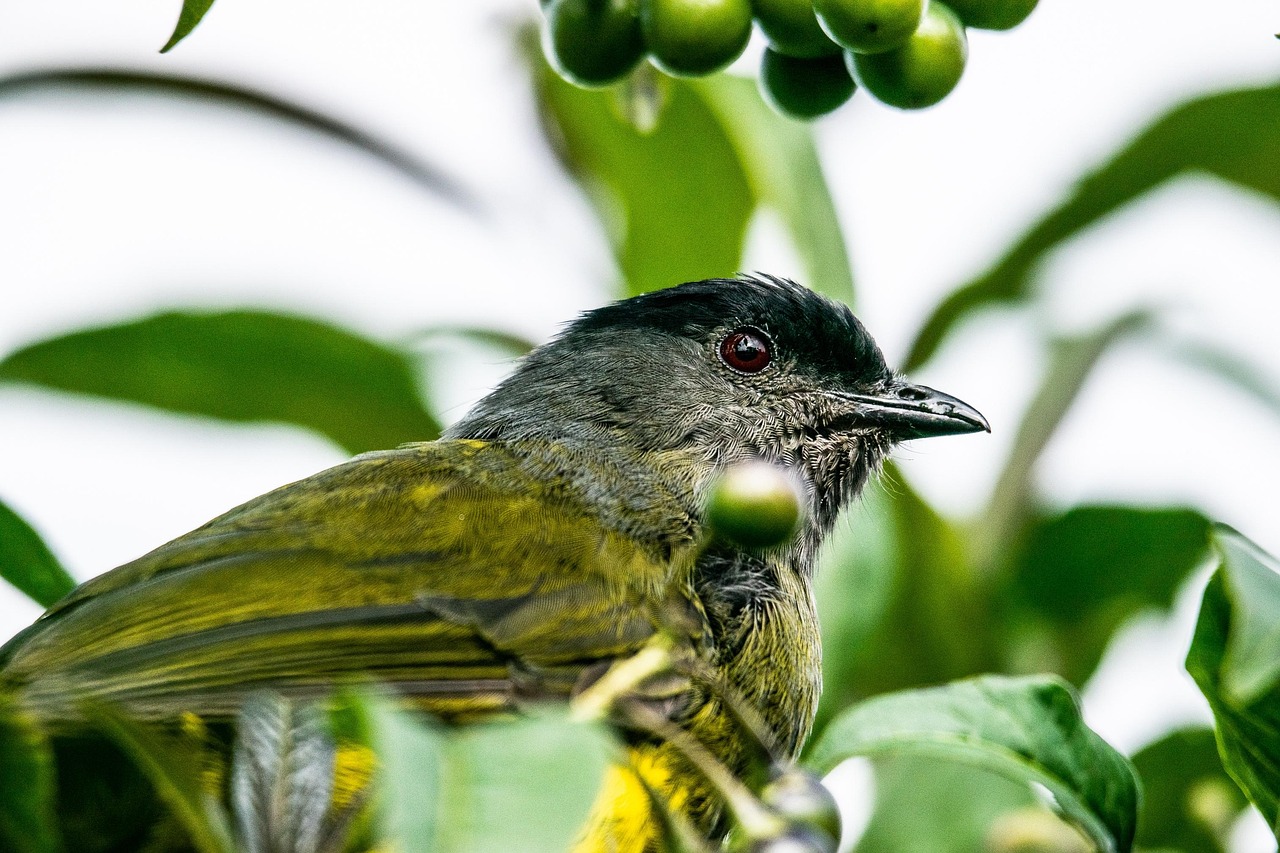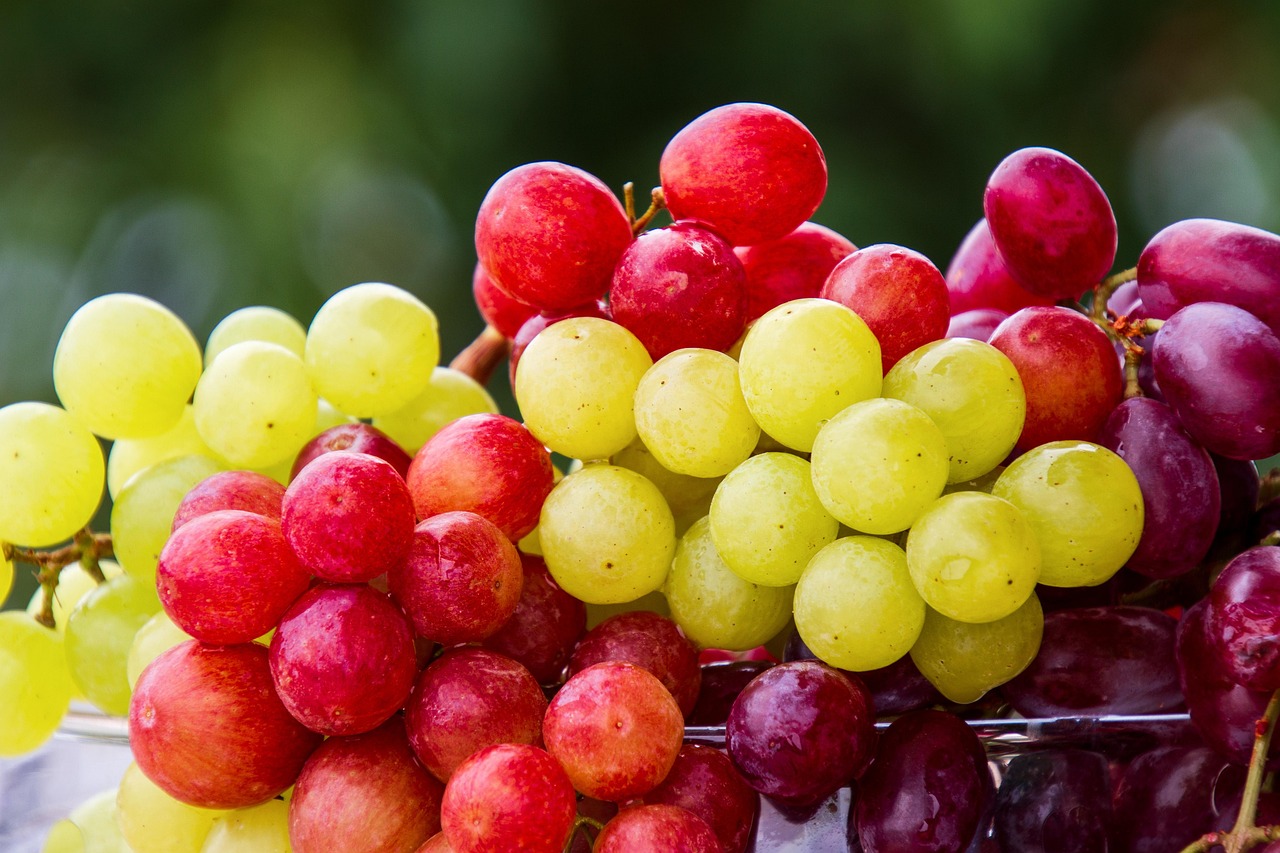
Image Source: Pixabay.com
You’ve watered, weeded, and waited patiently all season. The sun’s out, the fruits are finally ripening—and just when you’re about to enjoy the first bite, they swoop in. Birds. Those feathery thieves with perfect timing and zero remorse. Before you know it, your garden’s turned into a buffet for the local wildlife, and you’re left holding an empty basket wondering what happened.
If you want to enjoy the literal fruits of your labor, it’s time to outsmart the flock. Here are nine fruits you should harvest before the birds beat you to it.
1. Strawberries: The Red Alert of Summer
Few fruits announce summer quite like strawberries, but those glossy red gems also scream “free lunch” to every bird within a mile. Birds can spot the bright color from a distance, and once they peck into one, they’ll tell all their friends. Strawberries ripen fast, which means you have a short window to grab them at peak sweetness. The trick is to pick them the moment they turn fully red—don’t wait for perfection, or you’ll come out one morning to find half your crop hollowed out. Covering your plants with mesh or garden fabric can buy you extra time, but really, it’s you versus the clock.
2. Blueberries: Sweet, Small, and Always Stolen
Blueberries are like candy to birds—especially robins and starlings who think your bushes exist solely for their breakfast buffet. They’ll strip a bush bare overnight if you’re not careful. Harvest blueberries as soon as they’ve turned a uniform deep blue with no hint of red; that’s when they’re ready. Waiting too long for “extra sweetness” is basically sending out invitations to the neighborhood flock. To keep your share safe, check the plants daily during ripening season and get there before the birds do—this is one race worth winning.
3. Cherries: The Ultimate Bird Magnet
Cherries are irresistible to humans and absolutely magnetic to birds. Their glossy red skin and sugary flesh make them the jackpot of any garden. The problem? They often ripen high up on the branches—prime real estate for feathered food critics. As soon as the fruits blush red, it’s go-time. Pick them a few days early if needed; they’ll finish ripening off the tree, and you’ll actually get to enjoy them instead of feeding the sky.
4. Grapes: The Feathered Vineyard’s Dream
Birds have an uncanny ability to find ripe grapes long before you do. Once they start pecking, it’s game over—half-eaten grapes quickly rot and spread damage to the rest of the bunch. Grapes are best harvested when they’re fully colored, plump, and slightly soft, but don’t wait until every cluster looks perfect. As soon as the majority are ready, cut the entire bunch and store them indoors. Covering vines with netting or shiny ribbons helps, but nothing beats a gardener with good timing and quick reflexes.

Image Source: Pixabay.com
5. Figs: The Secret Dessert Birds Love
Figs might look safe when green and firm, but the second they soften and start oozing that sugary scent, birds move in like dessert critics at a free tasting. They peck one fig here, another there, ruining the whole harvest in a single day. You’ll want to pick figs just as they begin to droop and soften slightly—they’ll finish ripening perfectly on your counter. Waiting too long means losing them to your winged competition. Remember: in the bird world, ripe figs are VIP access only.
6. Apples: A Peck Above the Rest
You wouldn’t think birds could damage something as sturdy as apples, but give them time—they’ll find a way. Once apples start to blush with color and soften on the branch, birds see them as ripe for the taking. The worst part? They often peck several apples, leaving behind half-eaten evidence of their feast. To outsmart them, harvest apples when they’ve reached full size and the seeds inside are brown. A little early picking won’t hurt, and you’ll save your crop from turning into bird art.
7. Pears: Elegant, Juicy, and Apparently Delicious to Everyone
Pears look tough on the outside, but birds love them just as much as we do—especially once they start to yellow. Because pears ripen from the inside out, waiting for that perfect color on the tree is a mistake. Pick them when they’re still slightly firm and let them ripen indoors on your kitchen counter. They’ll be juicier, sweeter, and—best of all—still yours. The birds will just have to settle for your compost pile leftovers.
8. Plums: The Juicy Prize They Can’t Resist
If there were an Olympic event for fruit theft, birds would take gold for stealing plums. The rich color and sweet aroma lure them in, and once they start pecking, the soft flesh bruises instantly. Check your trees daily once plums start turning rich purple or deep red. Pick them when they’re still a touch firm—they’ll ripen beautifully indoors. Trust us: a slightly under-ripe plum is still better than a bird-bitten one.
9. Raspberries: The Garden Snack You’ll Have to Guard
Raspberries might be small, but they’re irresistible to birds. Their bright color and open clusters make them easy targets, and you can lose an entire harvest in a single morning. Harvest them as soon as they come off the stem easily with a gentle tug—if you wait another day, you’ll just be providing brunch for the local sparrows. Since raspberries ripen fast, daily picking is your best defense. The reward? A bowl of juicy berries that never saw a beak.
Beat the Birds, Enjoy the Bounty
The truth is, birds are some of the smartest foragers in nature—and they’ve had way more practice than we have. But with a little vigilance, timing, and quick action, you can outwit them and keep your harvest intact. Think of it as friendly competition: you grew it, they want it, and only one side gets to enjoy it first. Whether it’s cherries, grapes, or those perfectly plump strawberries, picking early and checking often is the gardener’s best strategy.
Have you had your own battles with feathered fruit thieves? Share your stories, tips, or hilarious garden showdowns in the comments below—we’d love to hear how you won (or lost) the fruit war.
You May Also Like…
Why Overripe Fruits Invite More Fall Pests
6 Fruits That Actually Taste Better After a Chill
How to Identify Frost Pockets in Your Yard
10 Crops to Harvest Twice if You Plant Them in Fall
7 Evergreens That Add Color All Winter Long
Leave a Reply